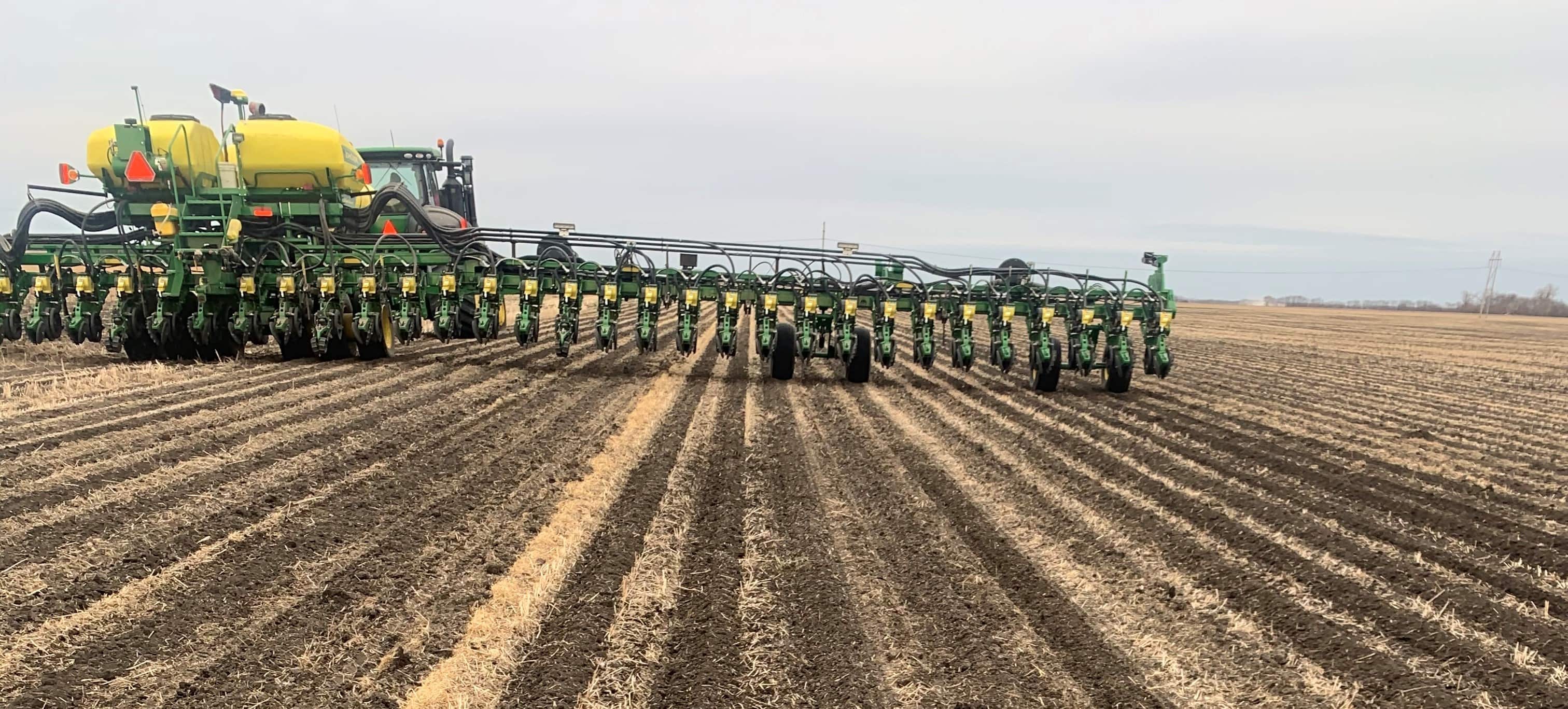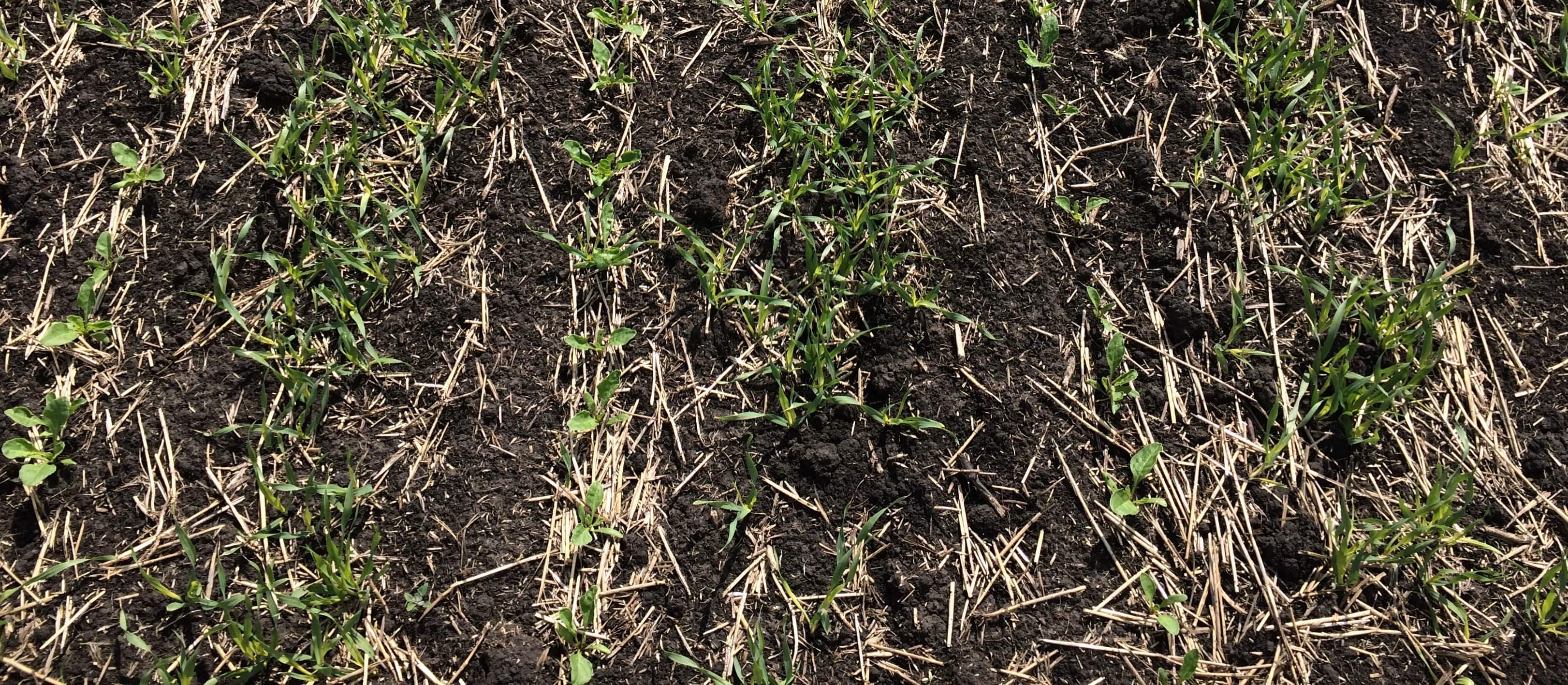Preparing for the Carbon Market Challenges

The federal government is proposing sweeping new challenges to become carbon neutral by some date in the next 8 to 10 years for the United States. Numerous private industries have goals to become carbon neutral in 10 years or less. Microsoft, Cargill, Nutrien, Bayer, General Mills and numerous others have strategies in place. Microsoft and others are already purchasing “carbon credits” from many places in the world. The strategies put forth emphasize targets and goals that are aggressive to be sure. The greatest challenge is documentation of carbon sequestration values that establish baseline data and repeatable, reliable, measurable change in stored carbon dioxide values.

Plans: Long on ideas, short on specifics
The USDA has announced plans for farmers to be able to participate in carbon sequestration programs. Presently, plans are long on ideas, however USDA leadership is short on specific details and plans to reach their program goals. One of the most-asked questions is “What is the specific value for farmers to adopt a practice?”
A very large percentage of North Dakota cropland and other states land area was moldboard plowed into the 1970’s and 1980’s. Plows are almost all parked in the tree rows today. Dr. Carl Fanning, NDSU Extension soils scientist and many others preached reduced tillage practices that have been in place for 25 to even 35 years. The advent of Concord air seeders and others that followed made one pass tillage, seeding and fertilizer application practical. How do these progressive farmers using such practices for decades benefit from these future USDA approved practices?

What’s in play for payments?
Producers need to become very knowledgeable NOW about USDA programs that might be in place by late summer or fall 2021 and certainly for 2022. Your NRCS and ASCS office phone numbers should be on speed dial. No till, strip till, cover cropping, CRP land set aside and numerous other ideas that might fit future farming practices might all be in play for payments. Will new equipment need to be purchased? How will weed control and other pesticide management practices change? How will crop yields be impacted? All these questions must be answered.

You are your best advocate
Talk to allied industry reps, university specialists and other farmers to see where change in practices might allow your farm to receive compensation. For example, Bayer Crop Science has a pilot program in place for cover cropping in 2021. Special emphasis will be on improvement in nitrogen fertilizer use efficiency whenever possible.
Will zone fertility management and variable rate fertilization have a role to play in your crop rotations? Have your farming practices changed or expanded to include cover cropping or no-till? The best thing you can do is gather information both from the NRCS, ASCS, extension resources and fellow farmers. Be knowledgeable and be wise moving forward and ensure you’re making the most out of your FarmQA subscription by using it to capture real-time data and information to help growers identify problems and manage soil health.




